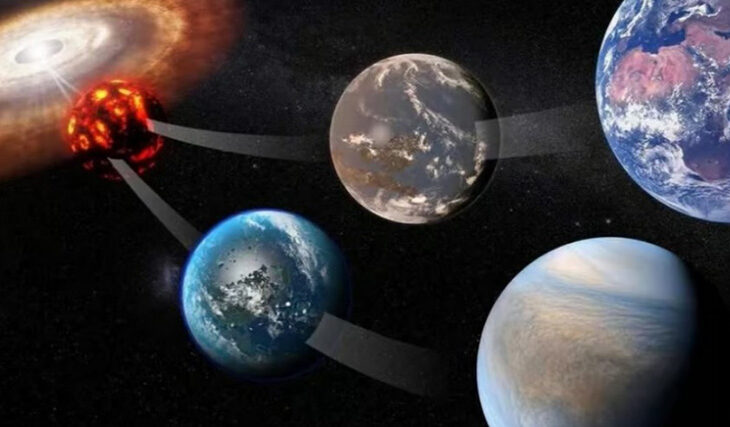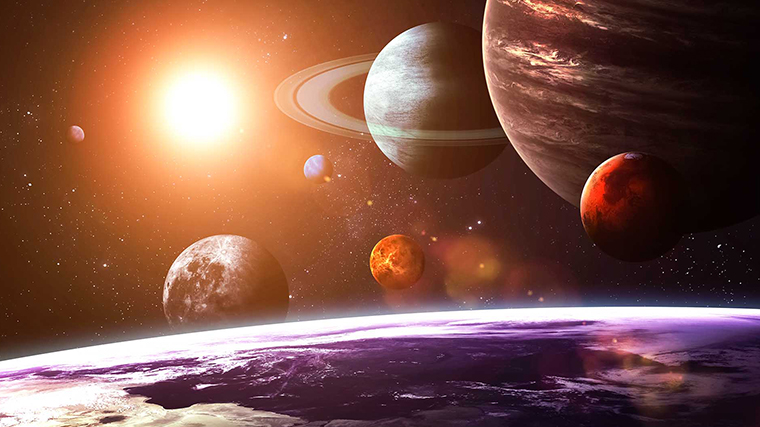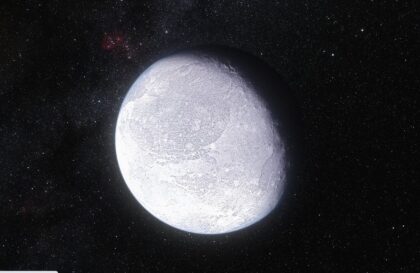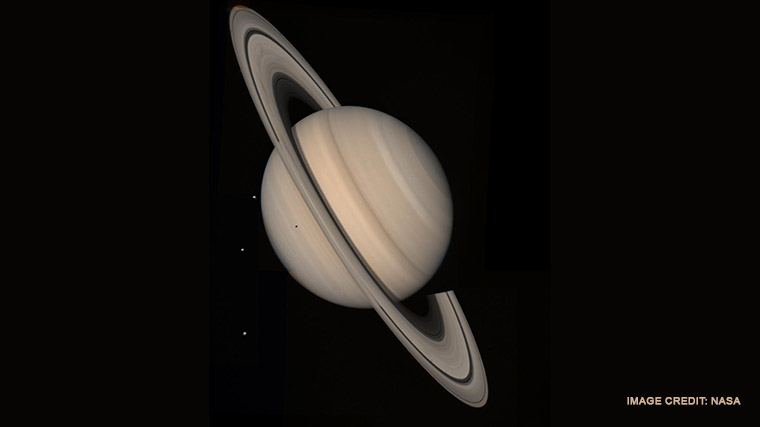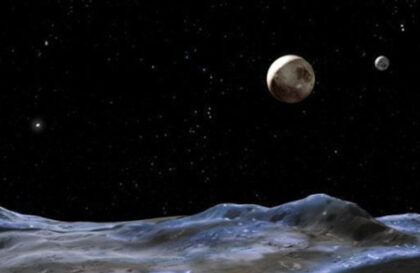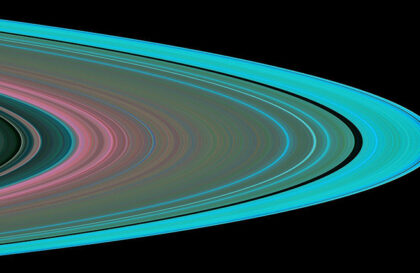The planet’s crust is solid because it is composed of rocks and minerals that have solidified and cooled over time. The crust is the outermost layer of a planet, and it forms as molten material from the planet’s interior cools and solidifies.
The solidification of the Planet’s crust is a result of the planet’s cooling process. When the planet formed, it was a hot and molten planet, with a thick atmosphere and intense volcanic activity. Over time, as the planet cooled, the molten material on the surface began to solidify and form a solid crust.
The solidification of the crust is also influenced by the planet’s composition. The planet’s crust is primarily composed of basalt, a type of volcanic rock that forms from the solidification of lava. Basalt is a common rock type on Earth as well, and it solidifies at temperatures between 1000 and 1200 degrees Celsius (1832 to 2192 degrees Fahrenheit).
The solidification of the crust is an ongoing process, and it is influenced by various factors such as volcanic activity, tectonic movements, and erosion. These processes can modify the crust over time, but the overall solid nature of the crust is a result of the cooling and solidification of molten material.
Why is the surface of the planet cooling?
The planet is cooling down primarily because it is losing heat to space. The cooling process is a natural consequence of the planet’s formation and its internal heat sources.
When the Planet formed, it was a hot and molten planet due to the energy released during its accretion and the decay of radioactive isotopes within its interior. Over time, this internal heat has been gradually dissipating into space.
The planet’s cooling is facilitated by several mechanisms. One is radiative cooling, where heat is emitted from the planet’s surface into space as thermal radiation. Another mechanism is conduction, where heat is transferred from the planet’s interior to its surface and then radiated away.
The planet’s thick atmosphere also plays a role in its cooling. The atmosphere acts as an insulating blanket, trapping heat near the planet’s surface. However, it also allows some heat to escape into space through the greenhouse effect, where certain gases in the atmosphere absorb and re-radiate thermal radiation.
While the Planet is cooling down overall, it still experiences some internal heat sources that contribute to its high surface temperatures. These include residual heat from its formation, ongoing volcanic activity, and potential heat generated by tectonic processes.
Image credit:
https://en.wikipedia.org
